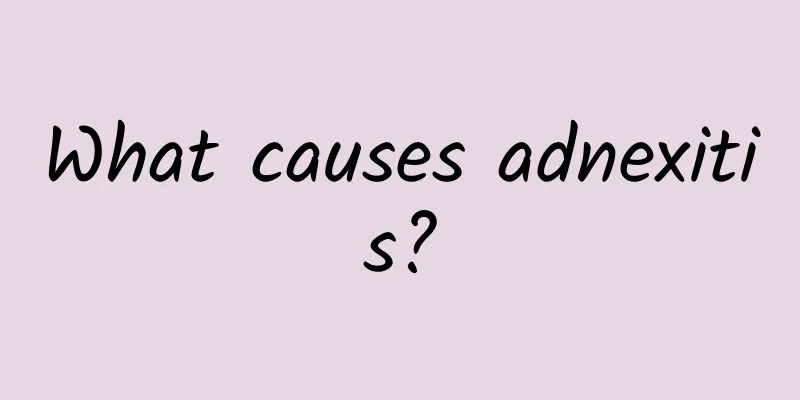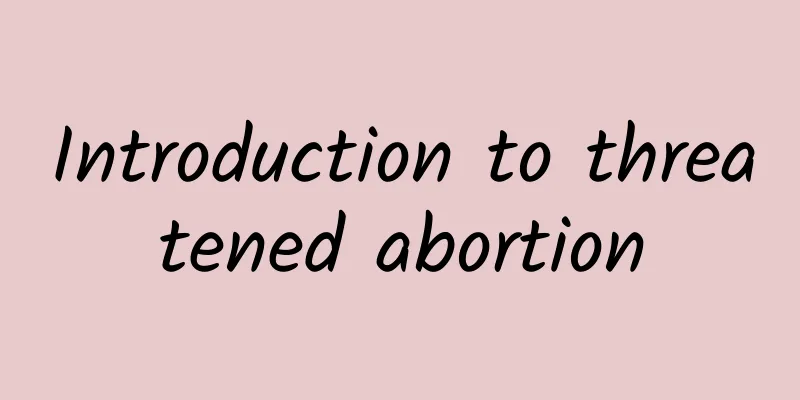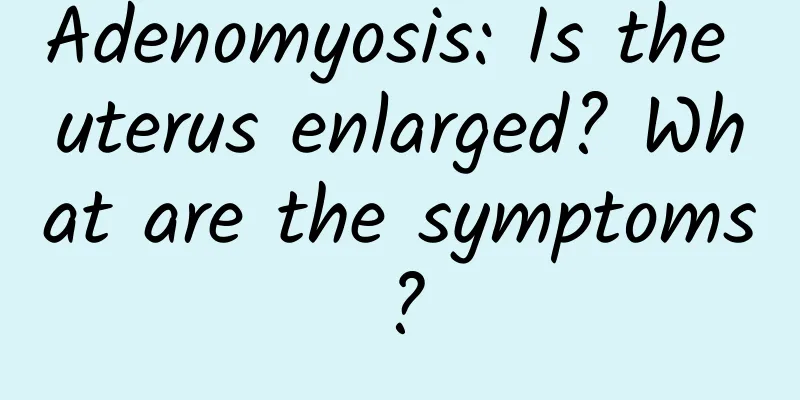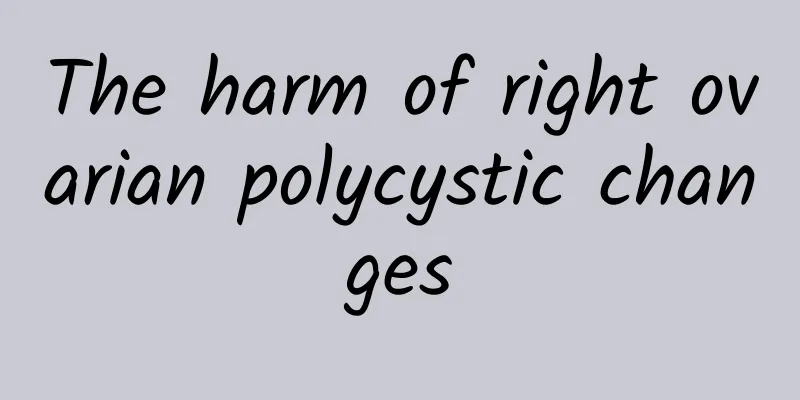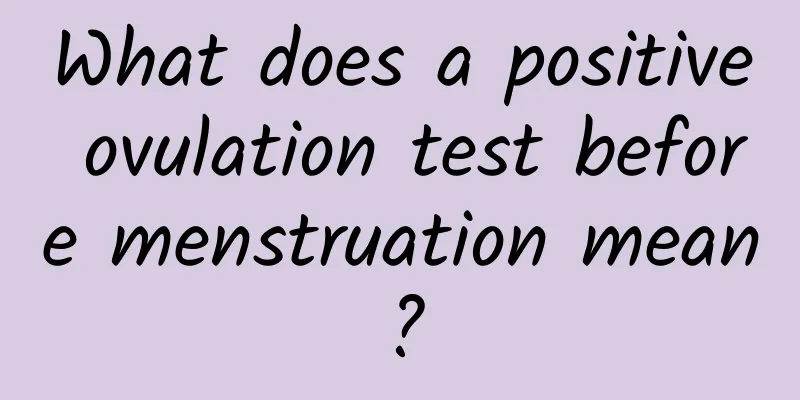What causes left ovarian cyst?
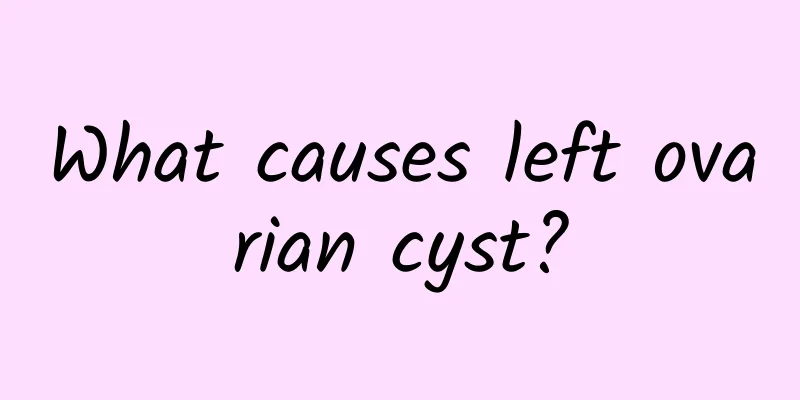
|
Treatments for left ovarian cysts include medication, surgery, and lifestyle adjustments. The causes of ovarian cysts may be related to abnormal hormone levels, genetic factors, environmental factors, and physiological changes. Oral contraceptives, gonadotropin-releasing hormone agonists, and progesterone are commonly used for medication; laparoscopic surgery, laparotomy, or cyst puncture can be selected for surgical treatment; lifestyle adjustments include a balanced diet, moderate exercise, and stress reduction. 1. Abnormal hormone levels are one of the common causes of ovarian cysts. The imbalance of estrogen and progesterone in women may cause the follicles to fail to ovulate normally, forming functional cysts. This type of cyst is usually benign, and can be treated by regulating hormone levels through oral contraceptives or using gonadotropin-releasing hormone agonists to inhibit ovarian function and reduce cyst formation. 2. Genetic factors may also lead to the occurrence of ovarian cysts. Polycystic ovary syndrome or other genetic diseases in some families increase the risk of ovarian cysts. For such cases, it is recommended to have regular gynecological examinations, assess genetic risks through genetic testing when necessary, and take preventive measures. 3. Environmental factors such as long-term exposure to chemicals, radiation or bad living habits may affect ovarian health. Reducing exposure to harmful substances, quitting smoking and limiting alcohol consumption, and maintaining a healthy weight can help reduce the risk of cysts. In terms of diet, you can increase the intake of foods rich in antioxidants, such as dark vegetables, fruits and nuts, while reducing the intake of high-sugar and high-fat foods. 4. Physiological changes such as abnormal menstrual cycles, pregnancy or menopause may also cause ovarian cysts. These cysts are usually related to changes in ovarian function, and can be treated with progesterone to regulate the menstrual cycle or with laparoscopic surgery to remove the cysts. For menopausal women, hormone replacement therapy may help relieve symptoms. 5. Trauma or infection may also lead to the formation of ovarian cysts. Pelvic surgery, inflammation or infection may damage ovarian tissue and form cysts. Treatment should be targeted at the primary cause, such as using antibiotics to control infection, or surgery to remove cysts and repair damaged tissue. The treatment of left ovarian cysts requires an individualized plan based on the specific cause and symptoms, combined with healthy lifestyle adjustments and regular checkups to monitor changes in the condition and ensure ovarian health. |
<<: What to do if secondary amenorrhea is not treated
>>: What are the dangers of cervical hypertrophy
Recommend
How to prevent vaginitis in daily life
What should you do if you have vaginitis? How to ...
What bad habits can cause vaginitis?
What bad habits can cause vaginitis? 1. Long-term...
What are the symptoms of senile vaginitis?
What are the symptoms of senile vaginitis? 1. The...
What should I do if my daughter's menstruation is always irregular?
What should I do if my daughter's menstruatio...
What should I do if my uterine fibroids cause intestinal adhesions?
What should I do if my uterine fibroids cause int...
What are the examinations for cervical warts?
When we have diseases in our private parts, we wi...
Which one is more likely to cause obesity? Low-fat or full-fat dairy products? Nutritionist Lin Shihang: This is the key to avoiding obesity
The National Health Administration's latest 2...
What is the cause of menstrual back pain
Many women experience back pain during menstruati...
Do you have knee pain when doing squats or running? 10 Exercises You Might Be Ignoring
Even if you find a great coach to train with, if ...
Eating too much meat and fish can easily cause constipation. 3. Vinegar drink can moisten the intestines and promote digestion
When friends and family get together happily, man...
Analyze the cause of pelvic inflammatory disease that cannot be ignored
Among the causes of pelvic inflammatory disease, ...
Is bleeding a symptom of uterine fibroids? What medicine should I take? Is uterine bleeding a symptom of uterine fibroids?
Uterine fibroids are a common benign tumor in gyn...
How are uterine fibroids classified?
Compared with a decade ago, uterine fibroids are ...
The gynecological physiology knowledge that has deceived you for a long time, you are the first one to be fooled, I hope you will not be misled again
In my many years of clinical work in gynecology, ...
Understand which women in life need to take good care of ectopic pregnancy prevention
I think women in our lives should know something ...
